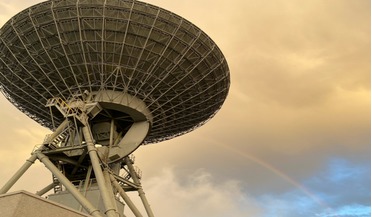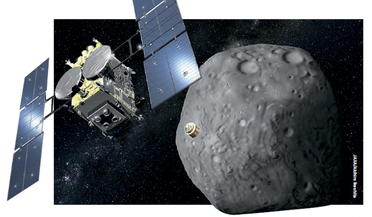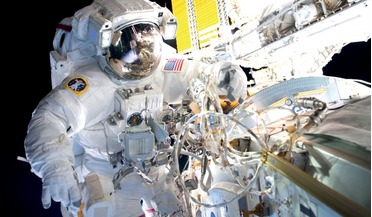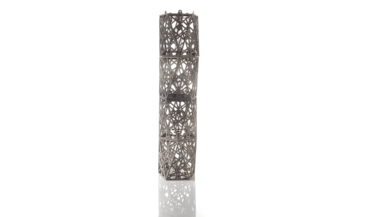 May 2020
Mixed reality in the design of space habitats
May 2020
Mixed reality in the design of space habitats
...’, access to extended communication opportunities with family and friends, and opportunities to interact with media. However, deep space travel and remote bases pose new challenges, such as absence of resupply missions, communication delays, increase...
 17 December 2021
First commercial lunar distance communications network validated in space
17 December 2021
First commercial lunar distance communications network validated in space
Working together, Intuitive Machines (IM) and Goonhilly Earth Station (GES) Ltd. recently integrated GES’s newly commissioned deep space antenna (GHY-6) into IM’s Lunar Telemetry and Tracking Network (LTN). The LTN will provide near-continuous ...
 January 2019
Visiting an asteroid to find out how life began
January 2019
Visiting an asteroid to find out how life began
...the Sun Hayabusa2 spent 2.5 years after swing-by travelling in deep space towards Ryugu. Over such long journeys, the spacecraft is...one of the first missions to use ion engines in deep space. The first Hayabusa visited the stony-type asteroid Itokawa,...
 October 2018
Developing wearable technologies for space and Earth
October 2018
Developing wearable technologies for space and Earth
... provides the strongest overlap between NASA needs and terrestrial applications NASA’s primary mission is to spearhead exploration of deep space with a particular focus on the Moon and Mars. Recent directions from the President of the United States...
 July 2019
Next steps in human space exploration
July 2019
Next steps in human space exploration
... administration when we found that the Constellation programme, which was in principle the way that we wanted to explore deep space, had budgetary and technical problems. So we made the decision to halt that programme and go back to the drawing...
 April 2020
Lunar artefact – a time capsule for the future
April 2020
Lunar artefact – a time capsule for the future
... movement of the 1960s–1970s and in a sense it can be evaluated against the multitude of artefacts sent into deep space, deposited on the surface of the Moon, temporarily hovering in the stratosphere, or any of the speculative works that illustrate...